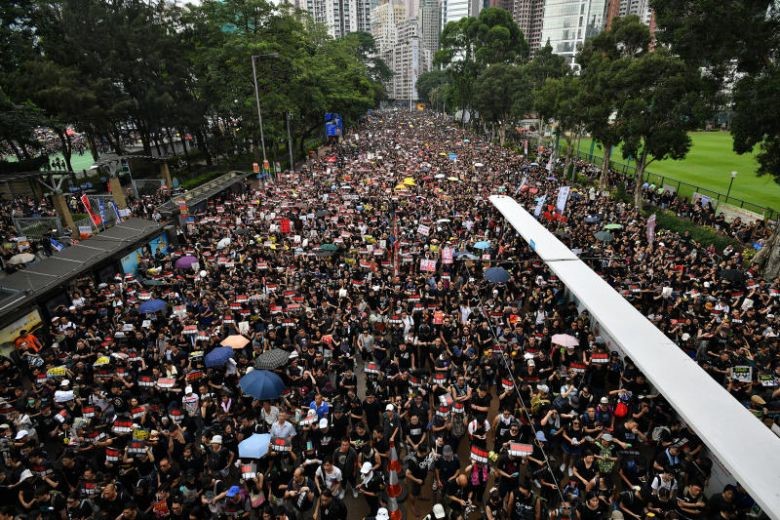Cheuk Leung
This blog post was produced as part of the course “Social Media, Ideologies, and Ethics in the United States” at the University of Turku.
The internet and social media have become an extensive, large-scale, easy-to-use, real-time information publishing platform. It has become an open platform for discussion, dissemination of knowledge, expressing ideas, and sharing daily life. One advantage of the immediate dissemination of news and debates is that because the content is no longer controlled by institutions but by the people, the coverage of an issue can be more extensive. Moreover, instead of passively accessing news and content, people actively participate in discussions and share their ideas. Also, mobile technology and real-time streaming through social media have entered the world, changing the way people consume and generate news. With the popularity of real-time streaming media platforms, more traditional social media have expanded into the field as well. Examples of this are Facebook Live and Instagram Live. As mentioned above, as citizen journalism is reshaping the relationship between media producers and consumers, sharing and publishing news is no longer reserved for professional journalists. Moreover, unfiltered video streaming can be an advantage for citizen journalism because there is no censorship involved and journalists can provide their audience with first-hand images of live events. Reporting on social media also generates more audience engagement to create an interactive journalistic experience with direct feedback from the audience.
However, when compared with traditional news sources, such as news channels and newspapers, the credibility of content circulating on social media platforms is questionable due to the contributors’ independence and freedom of expression. Fake news, misinformation, and false information have become by-products of the digital communication ecosystem because of simple forwarding and sharing actions on social networks. This has alarming worldwide ramifications. Various government agencies have implemented regulations to penalize sites that circulate misinformation. Many social media platforms have announced actions to limit the spread of fake content. However, with the aid of clickbait, these problems have still spread across the internet, and this has proven to be very dangerous.


Let’s look at Hong Kong’s democratic protests as an example. Fake online news disseminated carefully edited videotapes and selected stories, exacerbating fear, hatred, and confusion among Hong Kong residents. When protesters at the Hong Kong Polytechnic University set a police vehicle ablaze, photographs allegedly featuring a badly burned police officer at the wheel were circulating online within hours. Chinese state media also released footage of the Shenzhen People’s Armed Police military trucks and tanks, claiming they were heading to the Hong Kong border. However, according to fact-checking by the press, these claims are wrong. Due to China’s online censorship, Chinese citizens cannot read news reports in certain media. Facebook, Twitter, and YouTube have also found that state-backed media have spread misinformation through fake accounts and advertisements. We can clearly see what false information can bring about with the aid of social media.
Sources:
Chan, E., & Blundy, R. (2019). Fake news amplifies fear and confusion in Hong Kong | Hong Kong Free Press HKFP. Retrieved 8 December 2019, from https://www.hongkongfp.com/2019/11/21/fake-news-amplifies-fear-confusion-hong-kong/
Meel, P., & Vishwakarma, D. (2019). Fake news, rumor, information pollution in social media and web: A contemporary survey of state-of-the-arts, challenges and opportunities. Expert Systems with Applications, 112986. doi: 10.1016/j.eswa.2019.112986
